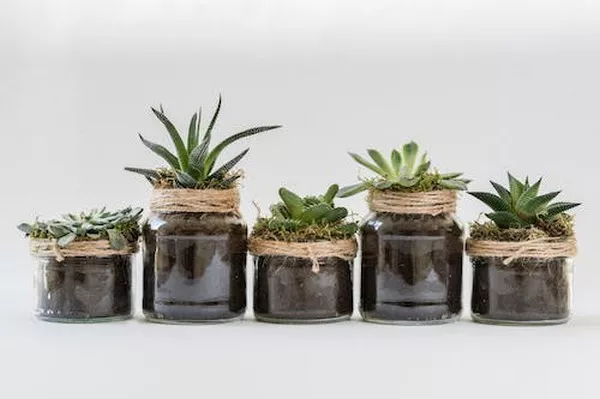A succulent garden is a magnificent way to bring natural beauty into your outdoor space. Whether you have a sprawling backyard or a tiny balcony, succulents offer versatility and aesthetic appeal. To ensure the success of your succulent garden, it’s essential to understand the key elements required for their growth. In this article, we will explore the fundamental components needed to create and maintain a thriving succulent garden. From selecting the right succulents to providing adequate sunlight, soil, watering, and additional care techniques, we’ll provide expert insights to help you create a stunning oasis of these unique and resilient plants.
Choosing the Right Succulents
The first step in creating a successful succulent garden is to choose the right plants. With a myriad of shapes, sizes, colors, and textures available, selecting the appropriate succulents can greatly enhance the overall visual appeal of your garden. Consider factors such as climate compatibility, sun exposure, and growth habits when making your selection. Popular succulent varieties include Echeveria, Sedum, Aloe Vera, Crassula, and Haworthia. Research the specific needs of each variety to ensure they are suitable for your garden’s conditions.
Providing Adequate Sunlight
Succulents thrive in bright, indirect sunlight. Place your succulent garden in an area that receives at least six hours of sunlight per day. However, be cautious about exposing them to intense midday sun, especially during summer months. Gradually acclimate your succulents to brighter light conditions to prevent sunburn. Indoor succulents may require supplemental lighting with full-spectrum grow lights to compensate for limited sunlight exposure.
Preparing Well-Draining Soil
Proper soil composition is crucial for succulent gardens. Succulents prefer well-draining soil that prevents waterlogging and root rot. A recommended mix is one part standard potting soil, one part coarse sand, and one part perlite or pumice. This blend provides adequate aeration, moisture retention, and nutrient availability while preventing excessive moisture accumulation. Avoid using heavy garden soils or those containing high organic matter, as they tend to retain moisture, leading to root rot.
Watering Techniques
One of the most critical aspects of succulent care is watering. Succulents have adapted to survive in arid conditions by storing water in their leaves and stems. Overwatering can cause root rot and other issues. Instead, adopt a “soak and dry” technique. When watering, drench the soil thoroughly, allowing excess water to drain away. Wait until the soil is completely dry before watering again to avoid moisture-related problems. Remember, it’s better to underwater than overwater succulents.
Implementing Proper Container Selection
Choosing suitable containers is vital for your succulent garden. Opt for containers with drainage holes to prevent water from pooling around the roots. Porous materials like terracotta or unglazed ceramic are excellent choices as they allow for better air circulation and moisture evaporation. Ensure the containers are appropriately sized to accommodate the growth of your succulents. Additionally, consider aesthetics, ensuring the containers complement the overall design of your garden.
Additional Care Techniques
Apart from the basic requirements, there are additional care techniques that can improve the health and appearance of your succulent garden. Here are some tips:
Fertilization:
Use a balanced, low-nitrogen fertilizer specifically formulated for succulents. Apply sparingly during the growing season, following the manufacturer’s instructions.
Pruning:
Remove dead or decaying leaves to maintain a tidy appearance and prevent the spread of disease.
Pests and Diseases:
Monitor your succulents regularly for common pests like mealybugs or aphids. Treat any infestations promptly using organic insecticidal soap or neem oil.
Winter Protection:
In colder climates, protect your outdoor succulents from frost by moving them indoors or providing them with temporary frost covers.
Conclusion
Creating a captivating succulent garden requires careful consideration of various factors such as selecting the right plants, providing adequate sunlight, well-draining soil, proper watering techniques, suitable containers, and additional care. By following these essential elements and expert tips, you can cultivate a stunning succulent garden that brings beauty and tranquility to your outdoor space. Remember, each succulent has unique requirements, so it’s crucial to research and understand the specific needs of your chosen varieties. With patience and dedication, your succulent garden will flourish, becoming a source of delight for years to come.


